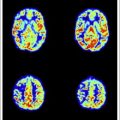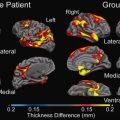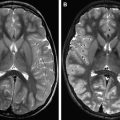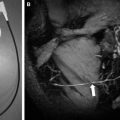In this review, current (clinical) applications and possible future directions of ultrahigh-field (≥7 T) magnetic resonance (MR) imaging in the brain are discussed. Ultrahigh-field MR imaging can provide contrast-rich images of diverse pathologies and can be used for early diagnosis and treatment monitoring of brain disease. These images may provide increased sensitivity and specificity. Several limitations need to be overcome before worldwide clinical implementation can be commenced. Current literature regarding clinically based ultrahigh-field MR imaging is reviewed, and limitations and promises of this technique are discussed, as well as some practical considerations for the implementation in clinical practice.
- •
Main advantages of ultrahigh-field magnetic resonance (MR) imaging of the brain:
- ○
Higher signal-to-noise ratio (SNR)
- ○
Higher contrast-to-noise ratio (CNR)
- ○
These features provide higher lesion conspicuousness, spatial resolution, or faster imaging.
- •
Insight into normal anatomy, pathogenesis, diagnosis, and treatment can be gained for various disease categories.
- •
Considerations for choosing sequences for clinical application:
- ○
Pursue highest spatial resolution possible
- ○
Make use of new contrast
- ▪
T 2 ∗-weighted imaging
- ▪
Phase imaging
- ▪
- ○
- •
In a patient with suspected brain disease not seen on conventional MR imaging, and no contraindications, an ultrahigh-field MR imaging can be considered.
- •
Metallic implants are the most important limitation, hampering full application of ultrahigh-field MR imaging in the (acute) clinical setting.
- •
(Neuro)radiologists should be trained for assessment of ultrahigh-field MR images.
- •
Clinical volumetric magnetic resonance (MR) imaging sequences at 7 T show more details of cerebral disease compared with lower field strengths.
- •
Visualizing more details of cerebral disease can, in selected patients, help in diagnosis and treatment.
- •
7 T high-resolution MR imaging protocols consisting of a dedicated series of MR imaging sequences have been developed in healthy volunteers, and first clinical patient series show their value.
- •
The broader range of contraindications is still a limiting factor at a field strength of 7 T, and further testing (eg, stents, clips, implants) has to be performed.
Stay updated, free articles. Join our Telegram channel

Full access? Get Clinical Tree







